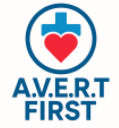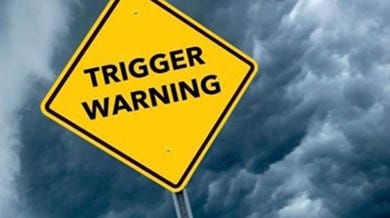
Step 5: Crisis Point
What It Is
A crisis point is when vulnerability, risk, exposure, and a trigger converge to overwhelm coping capacity and safety. It is the acute breaking point where immediate harm is imminent or already unfolding.
At crisis, the situation is:
-
Time-sensitive — intervention must be rapid.
-
High-stakes — decisions made here can mean life or death, stabilization or spiral.
-
Visible — even if subtle signs were missed before, crisis usually becomes unmistakable.
Crisis does not always mean violence or emergency rooms — it can be emotional collapse, loss of functioning, or systemic failure.
Relationship to the Pathway of Harm
-
Crisis is the inflection point in the pathway: either intervention occurs and harm is mitigated, or escalation continues and harm is realized.
-
Earlier stages (vulnerability, risk, exposure, trigger) often go unnoticed; crisis is where even untrained eyes recognize “something is wrong.”
-
In the A.V.E.R.T. model, crisis is not the end — it is a pivot point toward recovery, containment, or decline.
What We Train Individuals to Do
A.V.E.R.T. emphasizes that crisis response is not about fixing everything — it’s about keeping the door open to survival and stabilization.
We train individuals to:
-
Stay calm under pressure — use steady presence to de-escalate.
-
Use simple, direct actions — safety first, then immediate support.
-
Signal for higher resources — call crisis lines, EMS, supervisors, or activate team protocols.
-
Avoid judgment — crisis is about safety, not blame.
-
Know limits — do what you can safely do, then hand off to trained responders.
What We Hope Others (Clinicians, Leaders, Systems) Will Do
-
Clinicians: Apply crisis intervention protocols (suicidality assessments, rapid stabilization, safety contracts, medication adjustments).
-
Public Health & Leaders: Ensure systems have crisis capacity — mobile teams, safe shelters, rapid-response communication networks.
-
Systems: Integrate crisis-ready pathways (e.g., behavioral health urgent care, disaster response, trauma-informed law enforcement).
Examples of Crisis Points in Action
-
Individual: A person with depression and prior suicidal thoughts (vulnerability) faces a relationship breakup (trigger) and is found actively attempting suicide (crisis).
-
Youth: A bullied teen (vulnerability + exposure) lashes out violently at school (crisis).
-
Community/System: A city already struggling with underfunded health systems (vulnerability) faces an epidemic surge (exposure + trigger), overwhelming hospitals (crisis).
Illustrative Statistics
-
Up to 70% of people who survive a suicide attempt had shown some warning signs beforehand, but crisis was when they became unmistakable.
-
Emergency departments report that mental health crises account for 1 in 8 visits in the U.S. — a rate that has doubled in the past decade.
-
Communities without crisis infrastructure experience 30–50% higher fatality rates in disasters compared to those with rapid-response systems.
Takeaway/Summary
Crisis is the breaking point where harm is no longer hypothetical. A.V.E.R.T. trains individuals to act with steadiness and safety in the moment, and equips systems to respond rapidly. While vulnerability and risk may build slowly, crisis demands immediate, decisive response to protect life and create a path back to stability.







